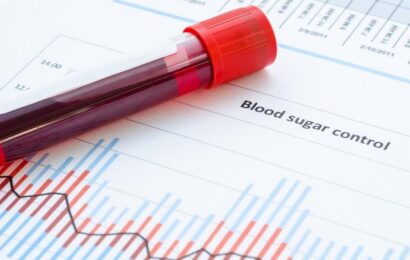It’s no secret that having excess fat anywhere in the body isn’t so healthy. When’s the last time you took a good long look at your body in a full-length mirror? If you’re like many people, you probably don’t do this, and if you do, you might quickly glance away.
Yes, Americans are overweight and obese. In fact, just a couple of weeks ago, the Trust for America’s Health and the Robert Wood Johnson Foundation released their annual report, entitled “F As in Fat”, stating that obesity rates in a dozen US states have risen above 30%. To put that in perspective, four years ago, only one US state had an obesity rate above 30%.
So yes, being overweight or obese is a growing problem (no pun intended) and unfortunately, there is no one right or easy way to fix it. And no doubt, for those of you who struggle with your weight, you’re likely tired of hearing about obesity statistics and how important it is to reach a healthy weight. It’s hard and it’s discouraging.
Saddlebags vs. Spare Tires
If it’s any consolation, you might be able to feel a little bit better based on where most of your fat stores are located. Admittedly, you may never be thin and you may never lose those 50 or 100 pounds. But you can still do a lot to stay as healthy as possible and limit your chances of heart disease, high blood pressure, gallbladder disease, and some types of cancer. The type of fat you have also can affect your risk of developing Type 2 diabetes.
Go back to your mirror and take a long hard look. Where is most of your fat located? If you tend to carry your weight more in your hips and thighs (sometimes called “saddlebags” or being a “pear” shape), you can breathe a little sigh of relief. Carrying weight in these areas is what scientists believe to be less “harmful.” If, however, more of your weight is carried around your middle (known as a “spare tire” or having an “apple shape”), you may want to pay a little more attention.
Fat Facts
Everyone has two main types of fat in their body:
Subcutaneous fat: This is the layer of soft fat that lies just beneath the skin and makes up roughly 90% of the fat in our bodies. Of interest, if you inject insulin with a pen or syringe, you inject (or at least should be injecting) into this layer of fat.
Visceral fat: This type of fat that resides in your abdomen. Visceral fat is the kind of fat found deep within your abdominal cavity and that sneakily wraps itself around your internal organs like your liver and intestines. Visceral fat also lies in a layer under abdominal muscles and gets harder over time.
As many as 50% of people have too much visceral fat. A misconception about fat is that it’s a blobby, inert substance that just lazily lies there doing nothing. Nothing could be further from the truth. Fat is really like an organ, busy secreting hormones and other substances that affect the body in various ways. For example, visceral fat releases free fatty acids into the blood and into the liver that can affect the production of cholesterol and triglycerides (blood fats). It also releases various types of proteins that can trigger an inflammatory response, bumping up your risk for heart disease, and can boost blood pressure and insulin resistance (both in people with and without diabetes).
Subcutaneous fat, on the other hand, releases more beneficial chemicals, including leptin, a hormone that suppresses appetite and burns fat, and adiponectin, another hormone that protects blood vessels from damage and helps the body better use fat and glucose.
Why You Should Eviscerate Visceral Fat
To sum up, visceral fat is a problem. We all have it, but many of us have too much. Why is it such a problem? Here’s the damage that it can do:
- Increases blood pressure and blood fats
- Increases blood glucose
- Increases risk of breast and colorectal cancer
- Increases risk of asthma
- Increases risk of dementia (including Alzheimer disease)
In other words, it pays to pay attention to visceral fat. There are things you can do to shrink it, even if you don’t get down to your high school fighting weight. How? We’ll look at that next week.




